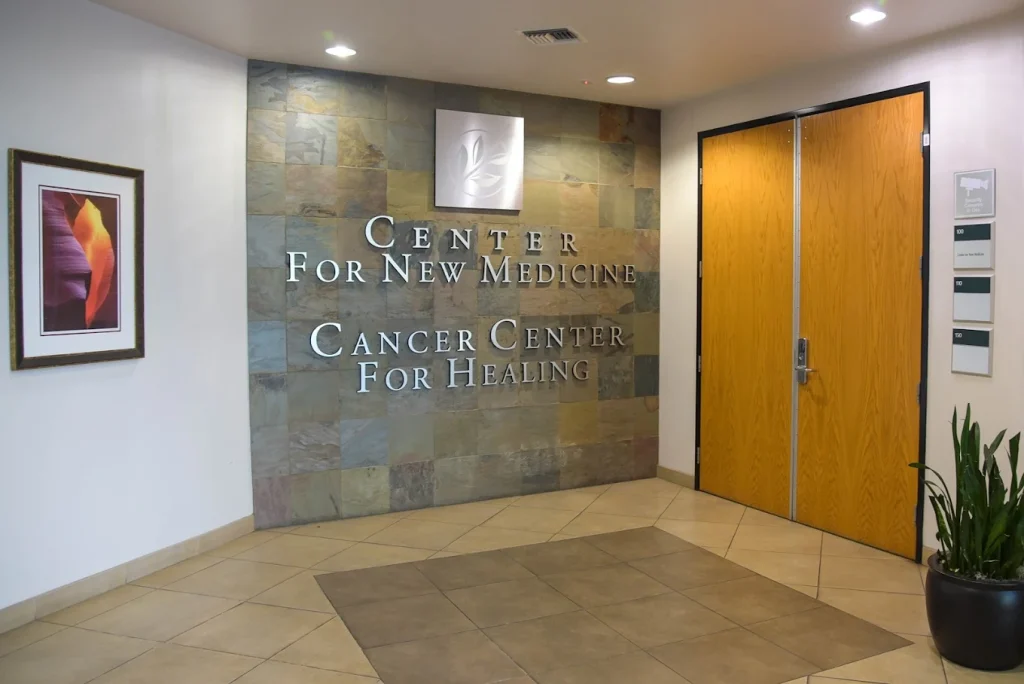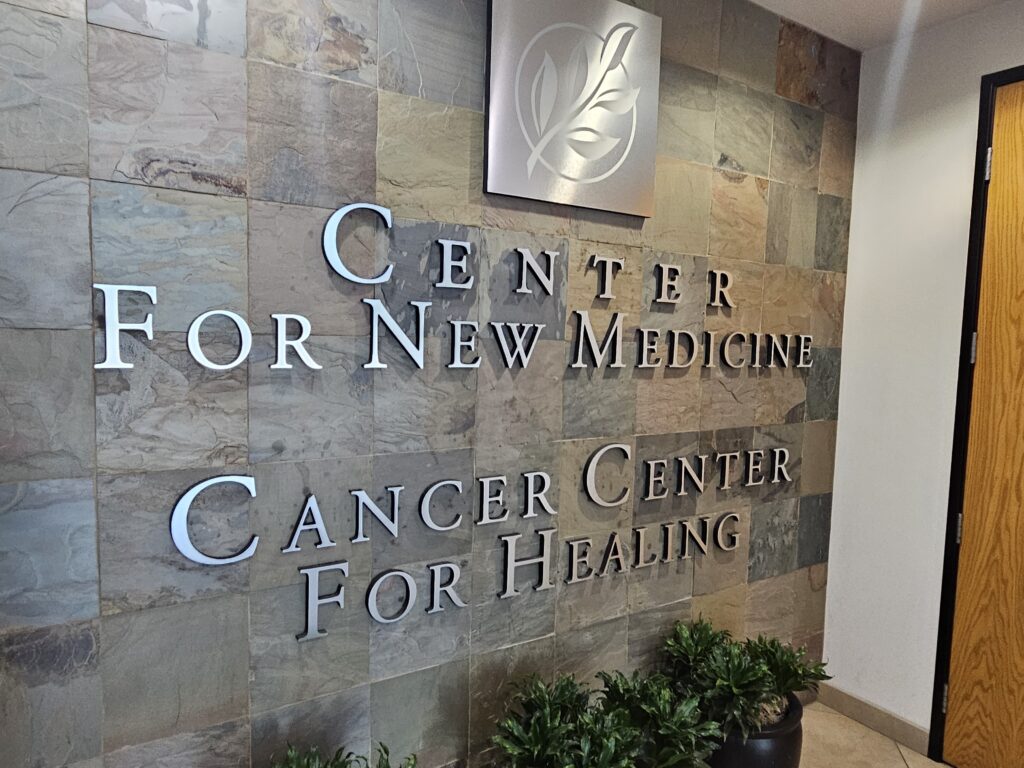One of the first things people do after facing a cancer diagnosis is conduct as much research as possible. If you or a loved one has been impacted by cancer, you may be curious about the different types and which type of cancer is the most aggressive.
Cancer education is of huge importance to us at the Cancer Center for Healing in Irvine, alongside our other integrative treatment options. That way we can help you explore your options while facing a diagnosis as you seek to understand the risks associated with various cancer types.
While all cancers deserve attention and care, some are known to grow faster, spread more rapidly, and respond less effectively to treatment. In this article, we’ll take a closer look at what is the most aggressive cancer, why certain cancers behave the way they do, and what you can do to protect your health with early detection.
What Is the Most Aggressive Cancer?
The term “aggressive cancer” generally refers to cancers that grow and spread quickly, invade surrounding tissues early, and often return after treatment. When we ask what is the most aggressive cancer, we’re really asking which types tend to progress the fastest and result in the most severe outcomes without early intervention.
Statistically, some of the most aggressive cancers include the following:
- Pancreatic cancer
- Glioblastoma multiforme (brain cancer)
- Lung cancer (particularly small cell lung cancer)
- Esophageal cancer
- Liver cancer
- Acute myeloid leukemia (AML)
Each of these is known for its rapid progression and high mortality rate, especially when diagnosed at a late stage. For example, the five-year survival rate for pancreatic cancer is just 13%, according to the American Cancer Society. That rate drops significantly when the cancer has spread beyond the pancreas.
Pancreatic Cancer: A Silent Killer
When asking what is the most aggressive cancer, pancreatic cancer often tops the list. It is notorious for its stealthy symptoms, which often don’t appear until the cancer is already advanced. Located deep within the abdomen, the pancreas can host a tumor for months before pain, jaundice, or digestive issues arise.
Pancreatic tumors also tend to resist traditional chemotherapy, and surgical removal is only possible in a limited number of cases. Once the cancer spreads to lymph nodes, liver, or lungs, treatment becomes even more challenging.
Glioblastoma: Rapid and Relentless
Another candidate in the conversation around what is the most aggressive cancer is glioblastoma multiforme, a high-grade brain tumor. Glioblastomas grow rapidly, often doubling in size within 7 to 14 days. They infiltrate surrounding brain tissue, making complete surgical removal virtually impossible.
Despite radiation and chemotherapy, the average life expectancy after diagnosis is 12–18 months. Although research and clinical trials continue, glioblastoma remains one of the deadliest cancers today.
Small Cell Lung Cancer: Fast Growing and Spreading
When considering what is the most aggressive cancer, small cell lung cancer (SCLC) is frequently mentioned. While it accounts for only about 13% of all lung cancer diagnoses, it’s responsible for a disproportionately high number of lung cancer deaths.
SCLC tends to spread quickly to the brain, liver, and bones. It also tends to return after initial treatment. Even with chemotherapy and radiation, the five-year survival rate is less than 7%, especially if the cancer is caught after it has spread.
Acute Myeloid Leukemia: A Blood Cancer Emergency
If you’re wondering what is the most aggressive cancer in the bloodstream, acute myeloid leukemia (AML) ranks near the top. AML comes on quickly and affects white blood cells, bone marrow, and the immune system. It often causes fatigue, bleeding, infections, and rapid health deterioration.
Immediate treatment is crucial. Survival rates vary significantly depending on age and overall health, but the five-year survival for adults over age 65 is less than 10%.
Why Aggressiveness Matters and When to Get Checked
Understanding what is the most aggressive cancer isn’t just about fear; it’s about awareness. The truth is, many aggressive cancers are treatable if caught early. That’s why it’s critical to stay proactive with your health.
Always get checked out if you notice any of the following symptoms:
- Unexplained weight loss
- Persistent fatigue
- Chronic pain without a known cause
- Blood in stool or urine
- Difficulty swallowing
- New or changing lumps
And beyond symptoms, make sure to stay up to date with recommended screenings based on your age, family history, and risk factors. These include the following:
- Mammograms for breast cancer
- Colonoscopies for colon cancer
- Pap smears and HPV tests for cervical cancer
- Low-dose CT scans for lung cancer in high-risk individuals
- Prostate screenings for men over 50 or earlier if high-risk
The earlier you detect cancer (aggressive or otherwise), the better the chances of survival.
What Can You Do to Reduce Risk?
While it’s impossible to prevent all cancers, lifestyle choices can reduce your risk significantly. Sticking to a healthy diet, exercising regularly, avoiding tobacco, limiting alcohol, managing stress, and reducing exposure to environmental toxins all play a part.
At the Cancer Center for Healing in Irvine, we take a proactive approach to prevention and early intervention. We believe education is power, and knowing the answer to what is the most aggressive cancer helps our patients remain vigilant and empowered in their health choices.
The Bottom Line on Cancer of All Types
There is no single type of cancer that is considered the most aggressive. However, there are a few that stand out as harder to treat and fast-spreading: pancreatic cancer, glioblastoma, and small cell lung cancer. Each of these cancers spread rapidly and often evade early detection. They also require urgent medical attention.
The good news is that there is hope no matter which type of cancer you find yourself facing. With early diagnosis, access to personalized care, and a commitment to ongoing health screenings, even aggressive cancers can be caught early and managed more effectively.
If you or someone you love is experiencing concerning symptoms or simply wants to take a more proactive approach to cancer prevention, schedule a consultation today. Understanding what is the most aggressive cancer is the first step in protecting your future.


















